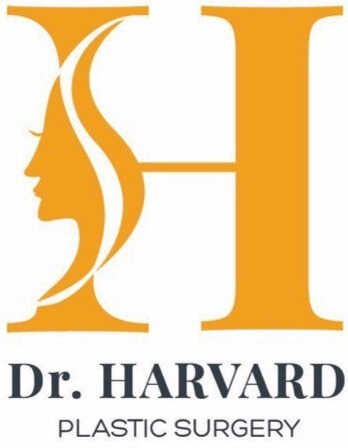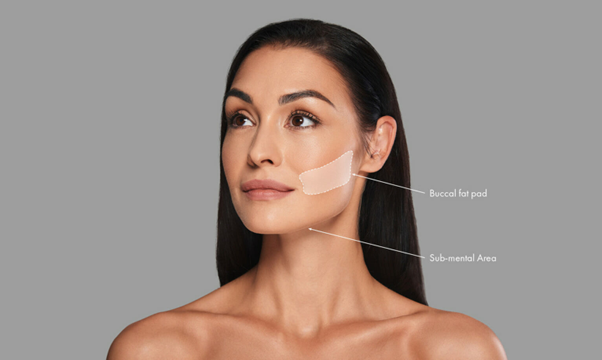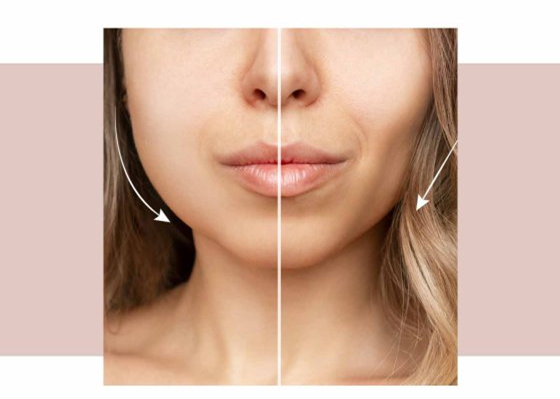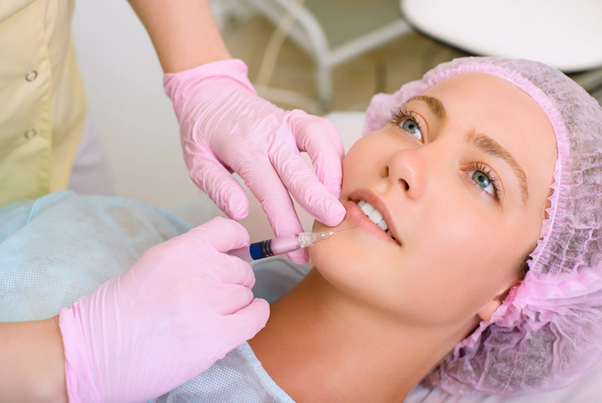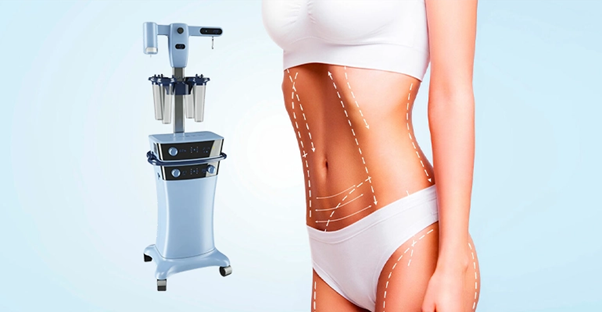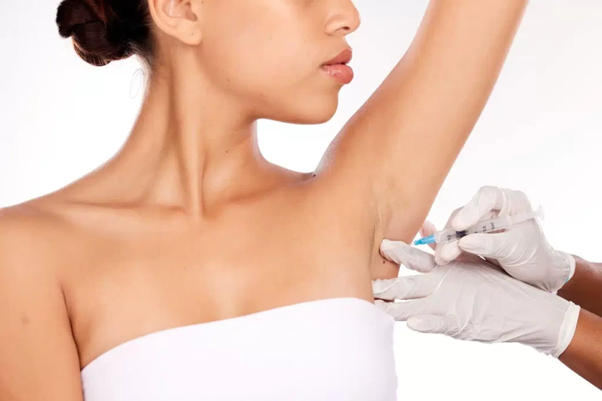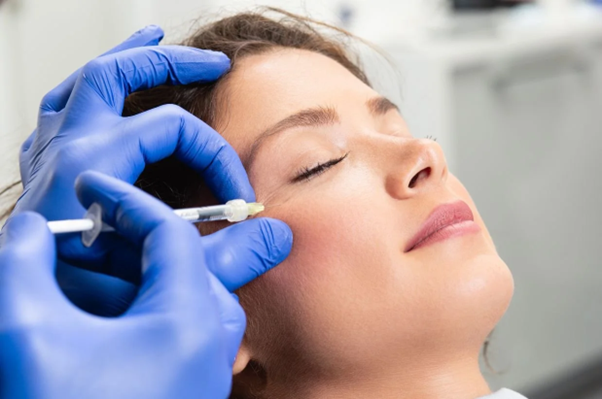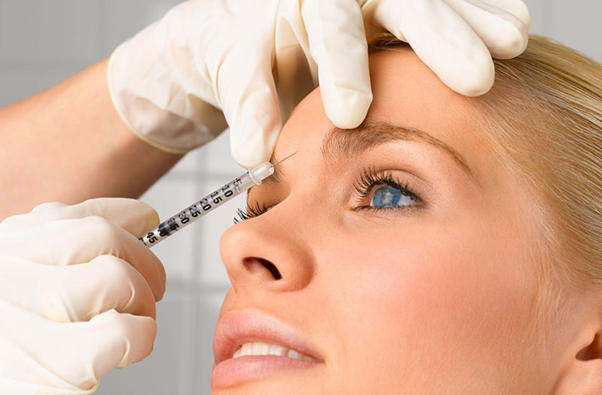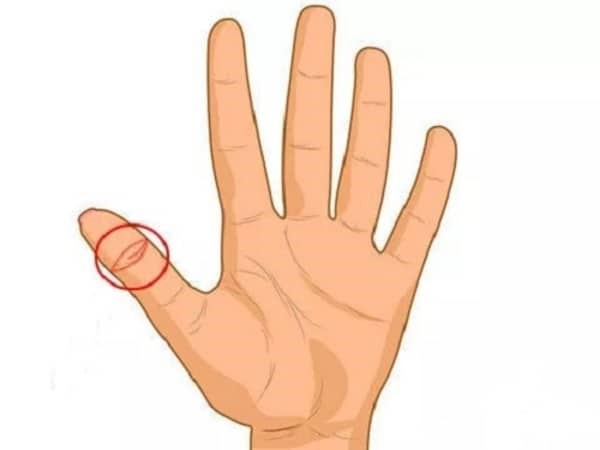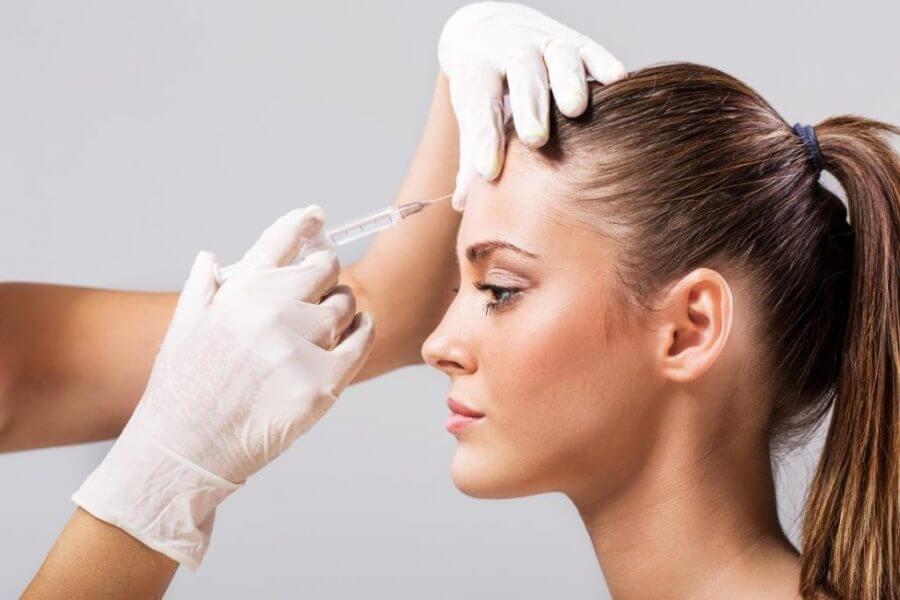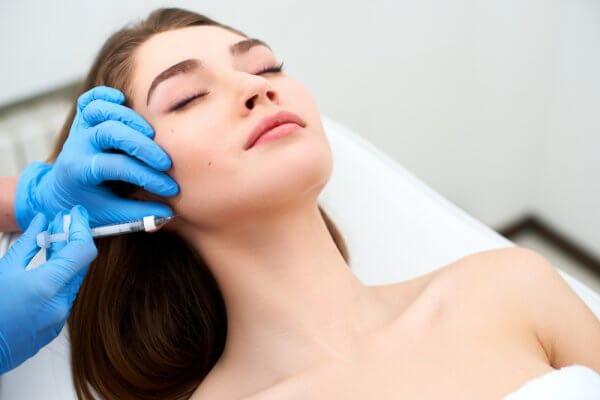In the world of facial aesthetics, one popular procedure that has gained significant attention is buccal fat removal. Buccal fat removal offers a solution for those who wish to eliminate excess cheek fullness to achieve a more sculpted look. In this article, we’ll delve into everything you need to know about buccal fat removal, including the benefits, procedure, risks, and considerations to help you make an informed decision.
It’s a cosmetic surgery aimed at enhancing facial contours, particularly for those who desire a more defined and slimmer face.
What is Buccal Fat Removal?
Buccal fat removal is a cosmetic surgical procedure that involves the removal of the buccal fat pads, which are the fat deposits located in the lower cheeks between the cheekbones and the jawline. These fat pads are largely responsible for the fullness in the midface area, and their size varies from person to person based on factors such as genetics, weight, and age. By reducing the size of these fat pads, buccal fat removal helps create a more contoured and angular facial appearance.
This procedure is typically recommended for individuals who feel self-conscious about having a “baby face” or “chipmunk cheeks” and are seeking a more defined look. It’s important to note that buccal fat removal is not intended as a weight loss solution but rather as a cosmetic enhancement for those seeking specific facial contouring.
The ideal candidate for buccal fat removal
Before considering buccal fat removal, it’s essential to determine if you are a suitable candidate for this procedure. The ideal candidate is someone in good health, without any serious medical conditions that might increase the risks of surgery. Generally, buccal fat removal is recommended for:
- People with Fuller Cheeks: Individuals who have naturally round or full cheeks that persist even after weight loss may benefit from this procedure.
- Adults in Their 20s to 40s: Younger adults tend to have more prominent buccal fat pads, making them ideal candidates for the procedure. However, buccal fat removal should be approached with caution as age-related facial changes can lead to volume loss.
- Non-Smokers: Smoking can complicate the healing process, so non-smokers are considered better candidates.
- People Seeking Long-Term Results: Buccal fat removal is a permanent procedure. Candidates should understand that the fat removed will not come back, so they should be sure of their decision and their desire for a slimmer face.
The surgeon can guide you through whether buccal fat removal will give you the desired outcome.
The Procedure: What to Expect
Buccal fat removal is a relatively straightforward procedure, usually performed under local anesthesia or mild sedation. Here’s a step-by-step overview of what you can expect during the procedure:
- Consultation: During the initial consultation, the surgeon will assess your facial structure and discuss your aesthetic goals. They will take into account your medical history and determine if you’re a suitable candidate for the procedure.
- Preparation: On the day of surgery, the surgical area is sterilized, and anesthesia is administered to ensure comfort during the procedure.
- Incision: The surgeon makes a small incision inside the mouth, specifically in the inner cheek area. This allows them to access the buccal fat pad without any visible scarring on the face.
- Removal of Fat: Once the incision is made, the surgeon will apply gentle pressure to extract the buccal fat pad. The amount of fat removed is carefully measured to ensure symmetry on both sides of the face.
- Closure: The incisions are then closed using dissolvable sutures. Since the incision is inside the mouth, there are no visible scars left on the face.
The entire procedure typically takes about 30 to 60 minutes, and patients are often allowed to return home the same day.
Recovery and Aftercare
Recovery after buccal fat removal is generally smooth and relatively short. Here are some of the key aspects of the recovery process:
- Swelling and Discomfort: After surgery, patients may experience some swelling and mild discomfort, which is entirely normal. The swelling generally subsides within a week or two. Cold compresses and prescribed pain medications can help alleviate discomfort.
- Diet: It’s advisable to stick to soft foods for the first few days to avoid irritating the surgical site. The incision inside the mouth needs time to heal, and minimizing chewing can speed up recovery.
- Oral Hygiene: Maintaining good oral hygiene is crucial to prevent infection. The surgeon may prescribe a mouth rinse to keep the area clean and promote healing.
- Avoid Smoking and Alcohol: Smoking and alcohol can hinder the healing process and increase the risk of infection. Patients are advised to refrain from these habits until fully healed.
It’s important to note that buccal fat removal is not intended as a weight loss solution but rather as a cosmetic enhancement for those seeking specific facial contouring.
Benefits of Buccal Fat Removal
Buccal fat removal offers a range of benefits for individuals looking to enhance their facial aesthetics:
- More Defined Facial Contours: By reducing excess fullness in the cheeks, buccal fat removal helps to accentuate the cheekbones and jawline, creating a slimmer and more sculpted appearance.
- Permanent Results: Once the buccal fat pads are removed, they do not return. This makes buccal fat removal a permanent solution for individuals seeking to reduce cheek fullness.
- No Visible Scarring: Since the incisions are made inside the mouth, there are no visible scars left on the face, ensuring a natural appearance.
- Enhanced Confidence: Many patients report feeling more confident and satisfied with their appearance after the procedure, as it helps to achieve a more mature and contoured facial profile.
Risks and Considerations
As with any surgical procedure, buccal fat removal comes with potential risks and considerations that should be carefully evaluated:
- Over-Removal of Fat: Removing too much fat can lead to a gaunt or hollow appearance, especially as you age and naturally lose facial volume. It’s important to choose an experienced surgeon who understands the appropriate amount of fat to remove.
- Infection: There is a risk of infection, as with any surgery. Following proper aftercare instructions and maintaining good oral hygiene can help reduce this risk.
- Numbness or Changes in Sensation: Some patients may experience temporary numbness or changes in sensation in the cheeks due to nerve involvement. This typically resolves on its own over time.
- Facial Asymmetry: There is a possibility of slight facial asymmetry if the fat removal is not performed evenly. A skilled surgeon can minimize this risk by ensuring precise and careful fat extraction.
- Age-Related Considerations: Buccal fat naturally diminishes as we age, contributing to a more hollowed-out look over time. Removing buccal fat pads at a young age could lead to an overly thin face in later years, so it’s crucial to discuss long-term implications with your surgeon.
Buccal fat removal is a popular option for individuals looking to enhance their facial aesthetics by reducing cheek fullness and achieving a more defined and contoured look.
While the procedure is generally safe and straightforward, it’s important to be well-informed about the potential risks and benefits and to choose a highly qualified and experienced surgeon to ensure optimal results.
If you’re considering buccal fat removal and want to learn more about how this procedure could benefit you, the experienced professionals at DR.HARVARD are here to help. Our team is dedicated to providing personalized cosmetic solutions that help you look and feel your best. Contact us today to schedule a consultation and take the first step toward achieving the contoured, confident look you’ve always wanted.
